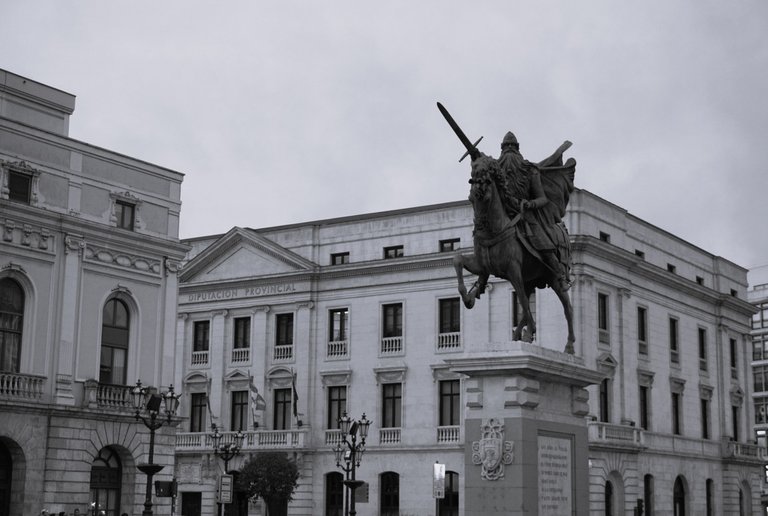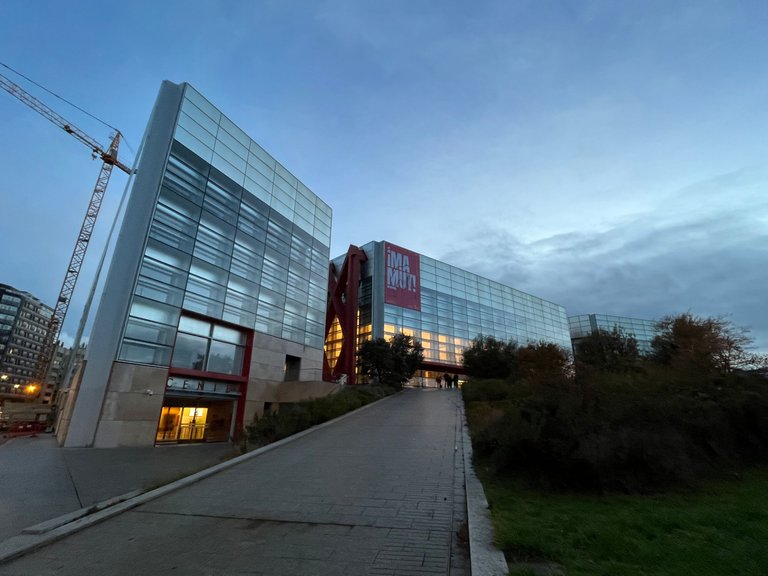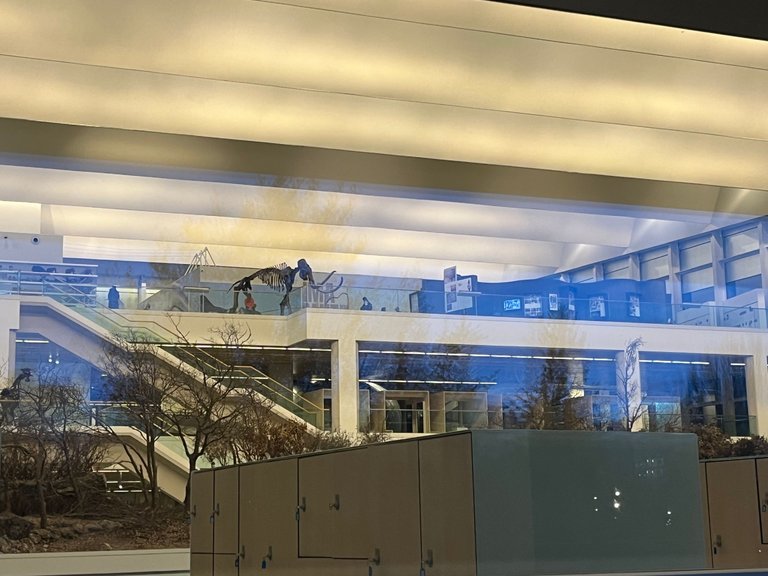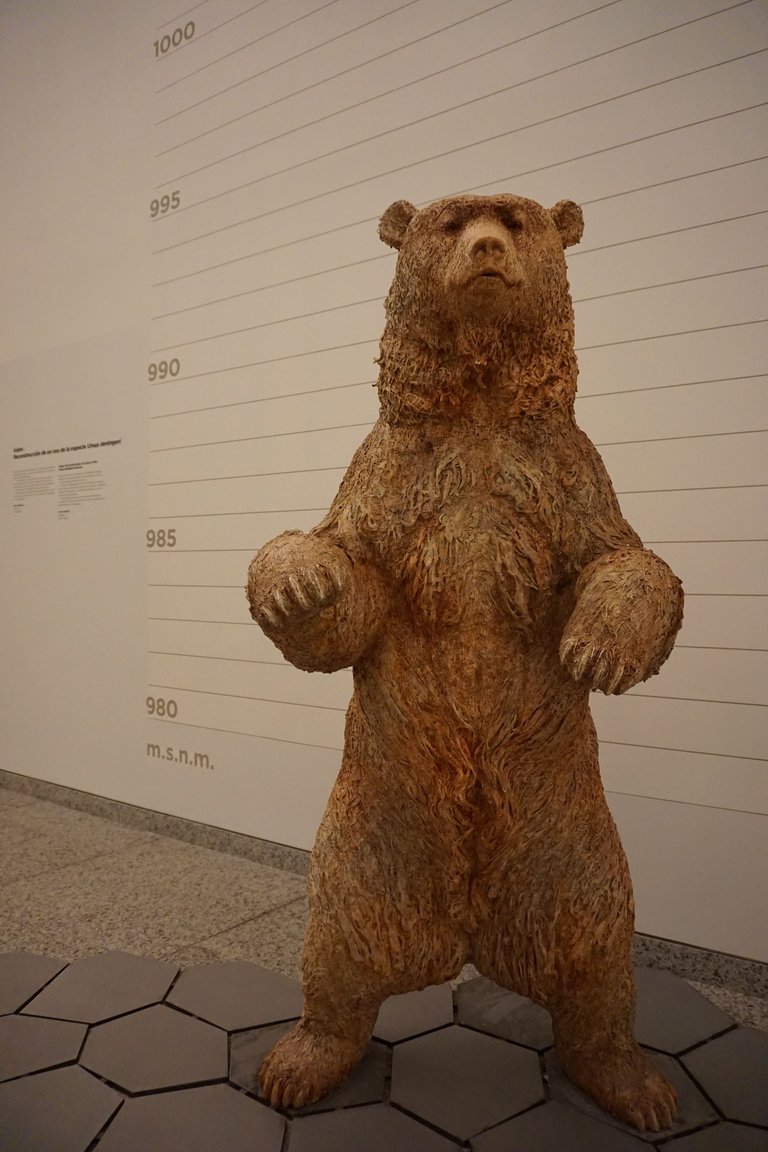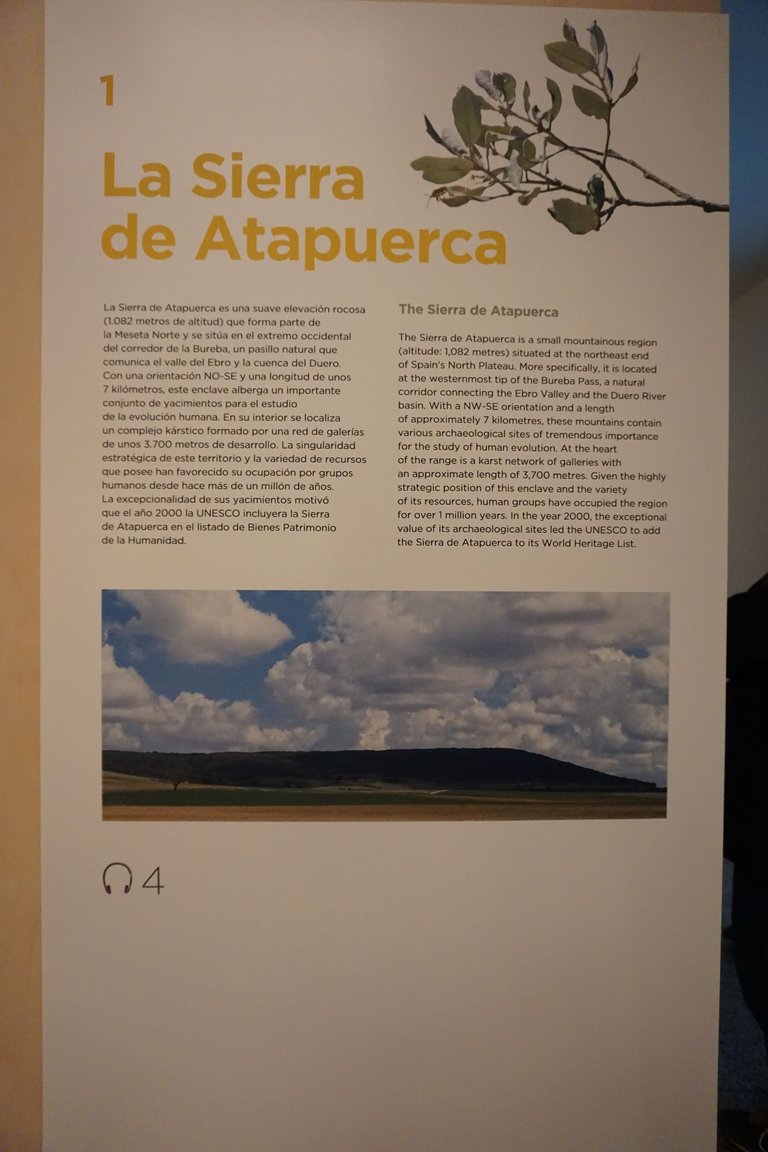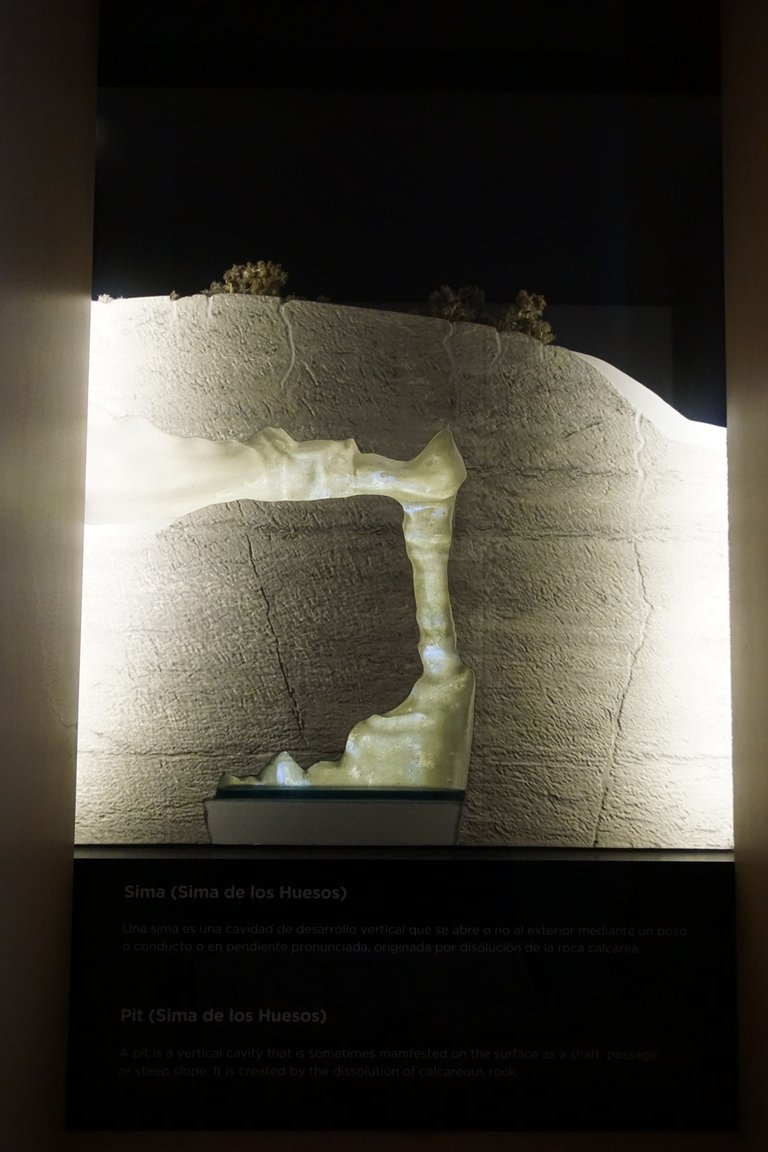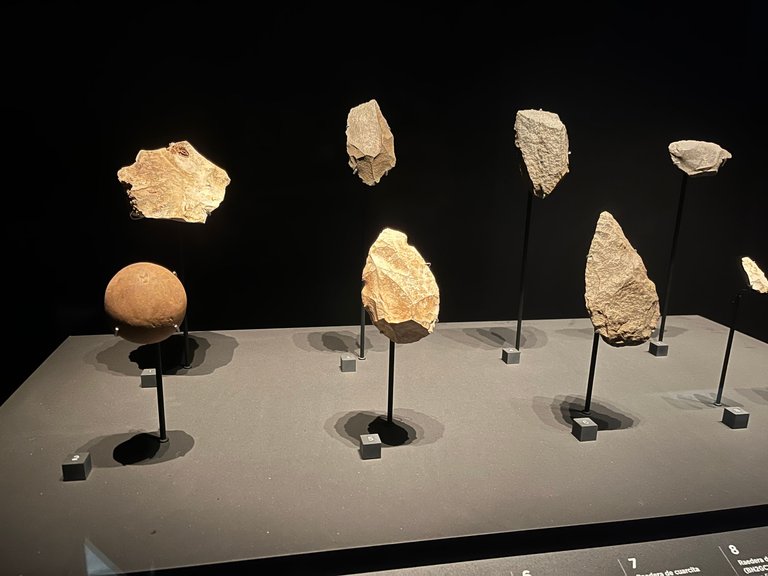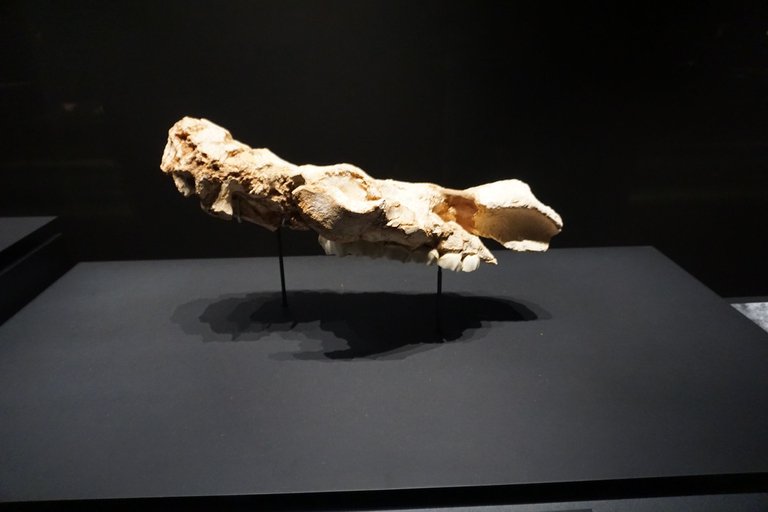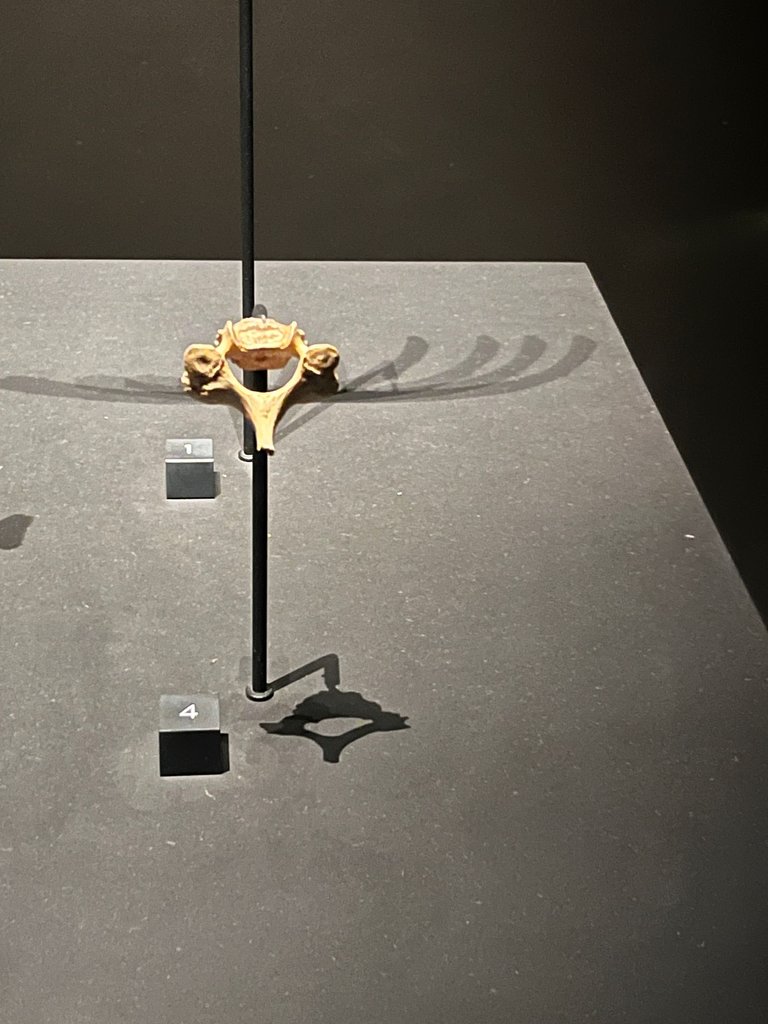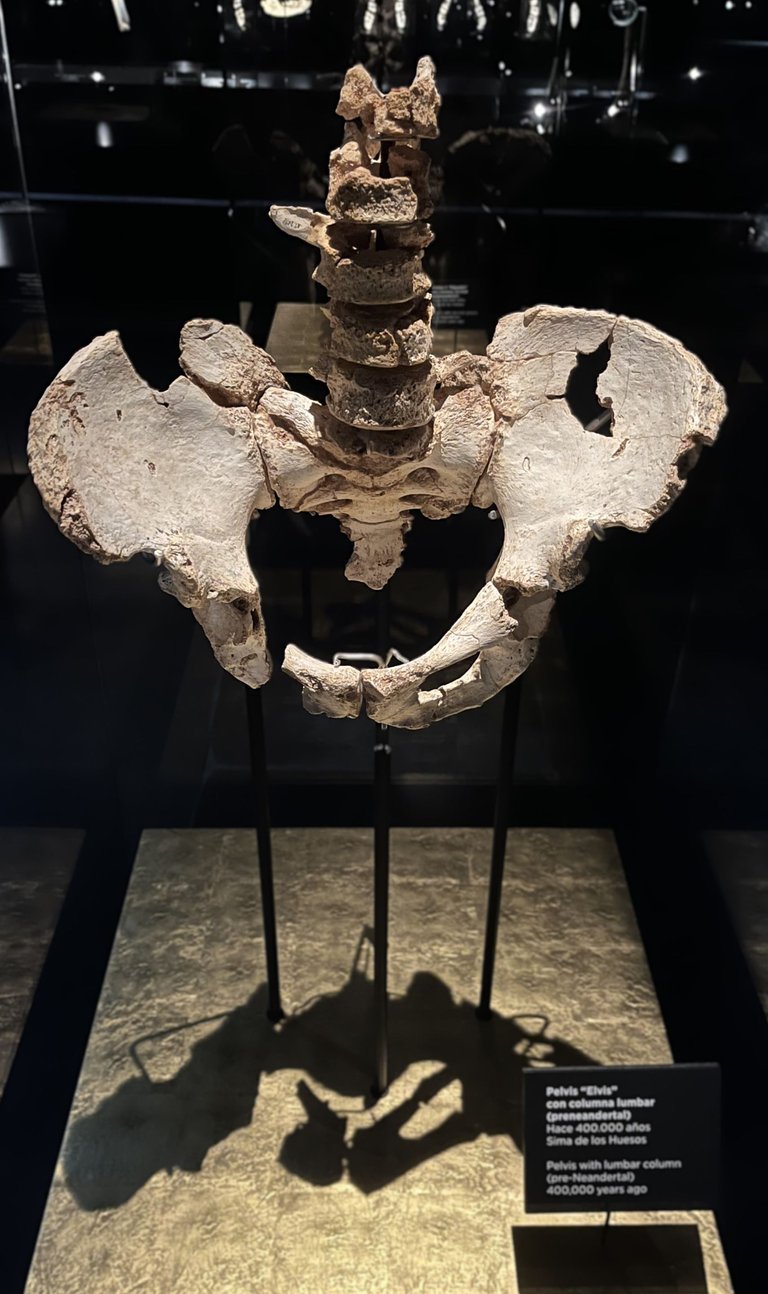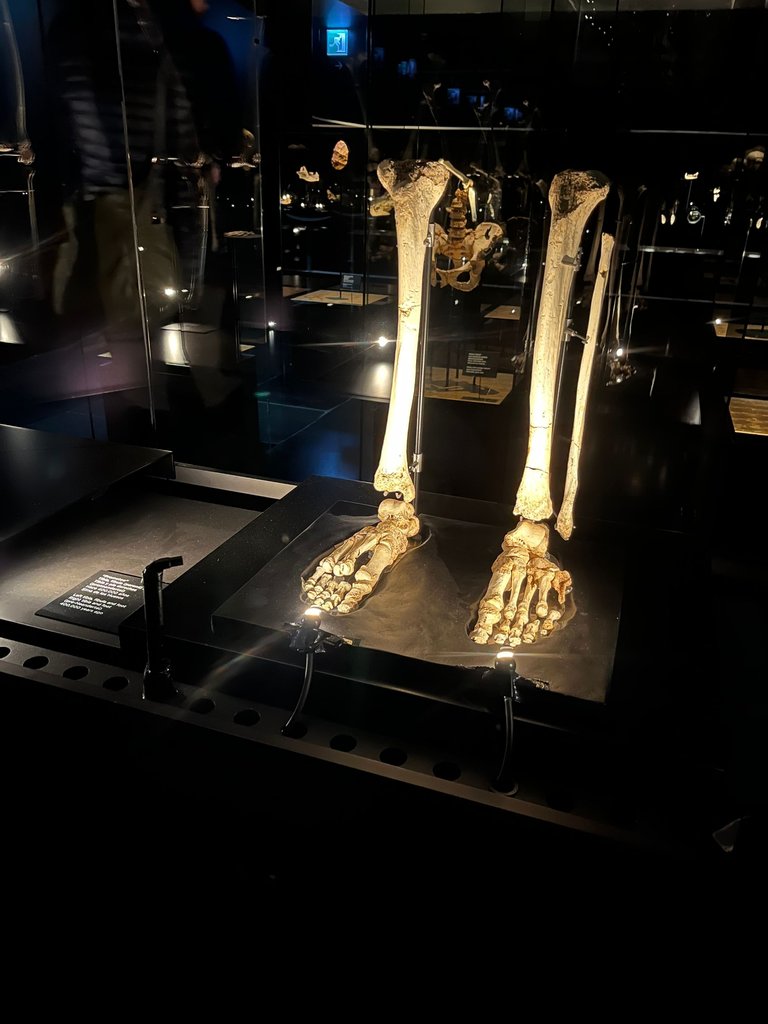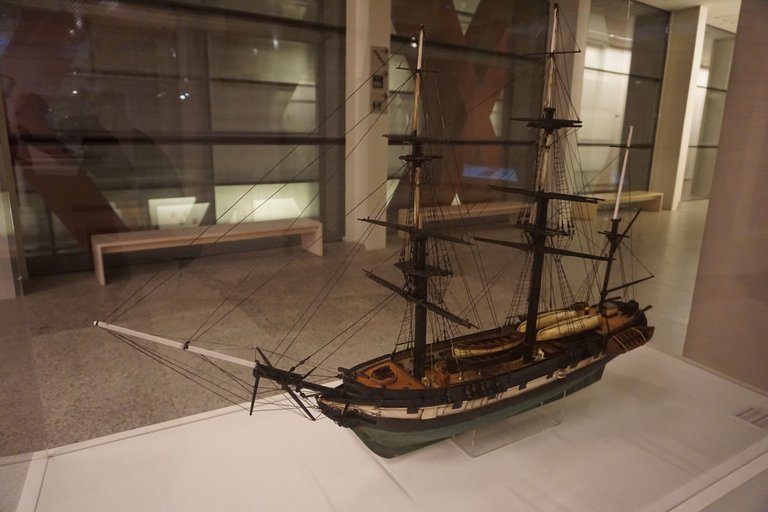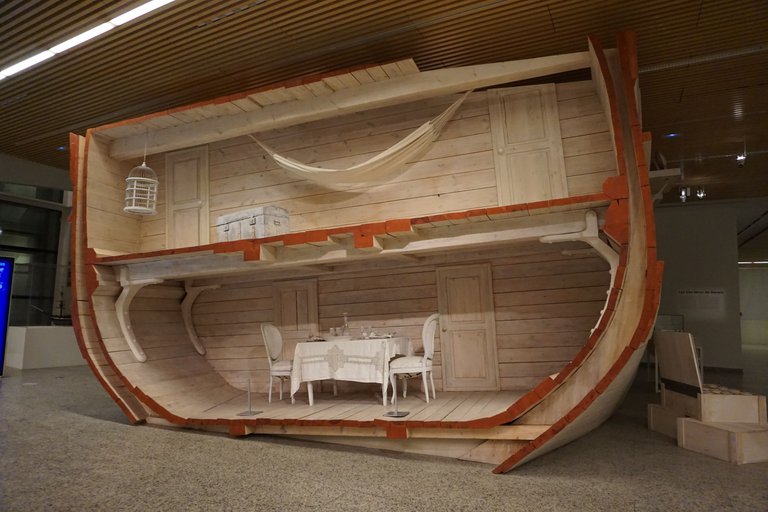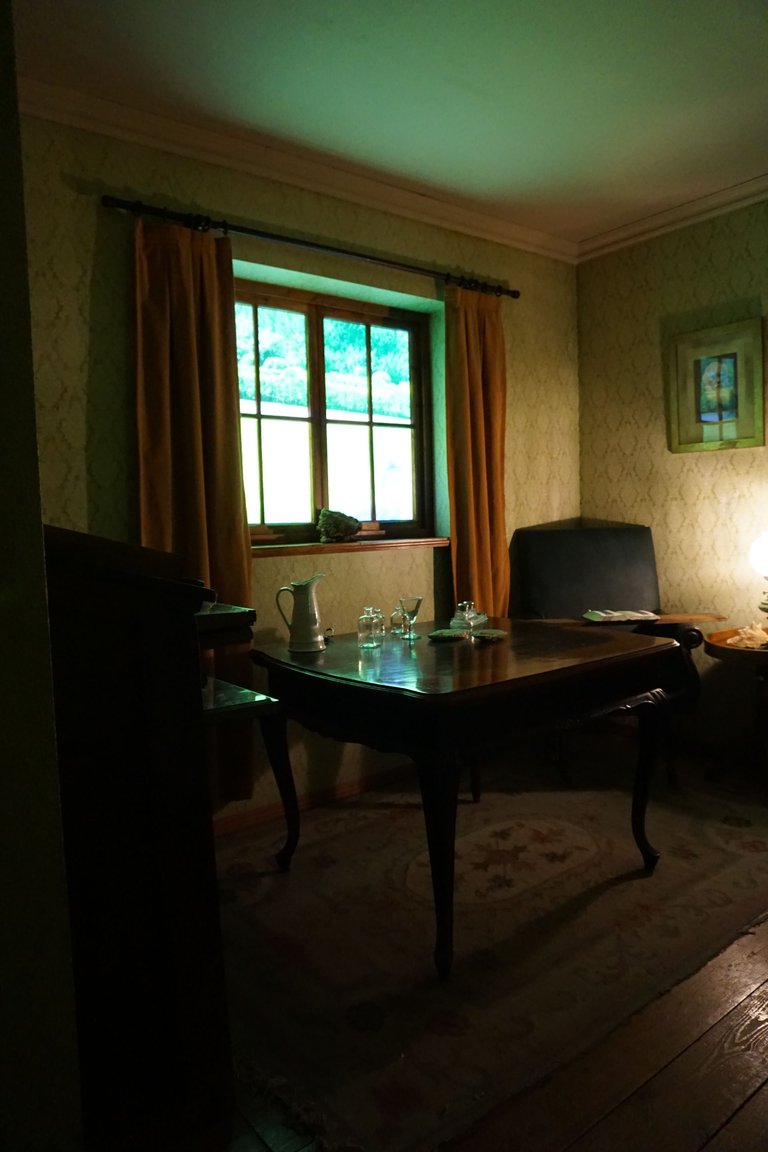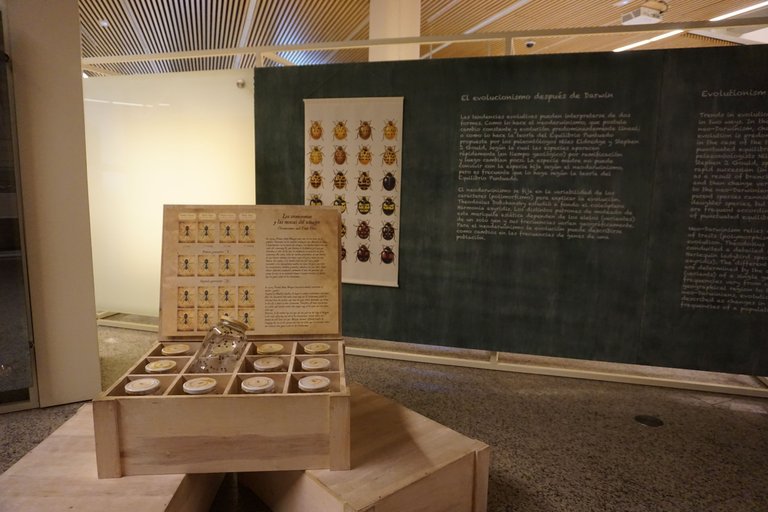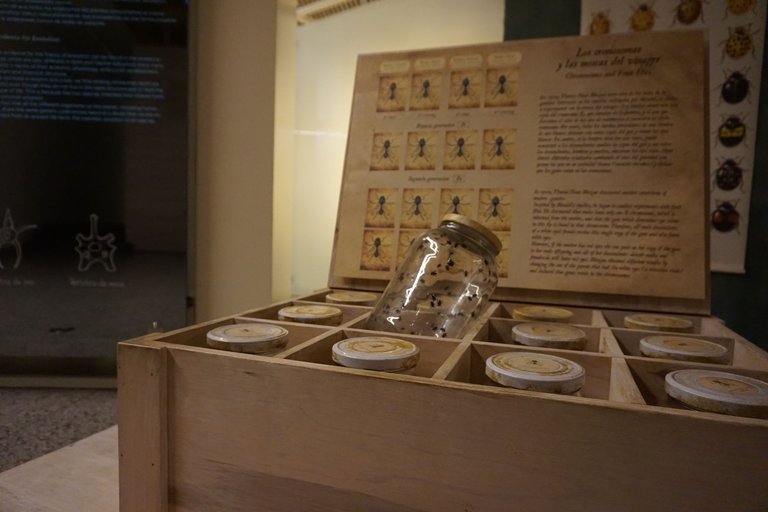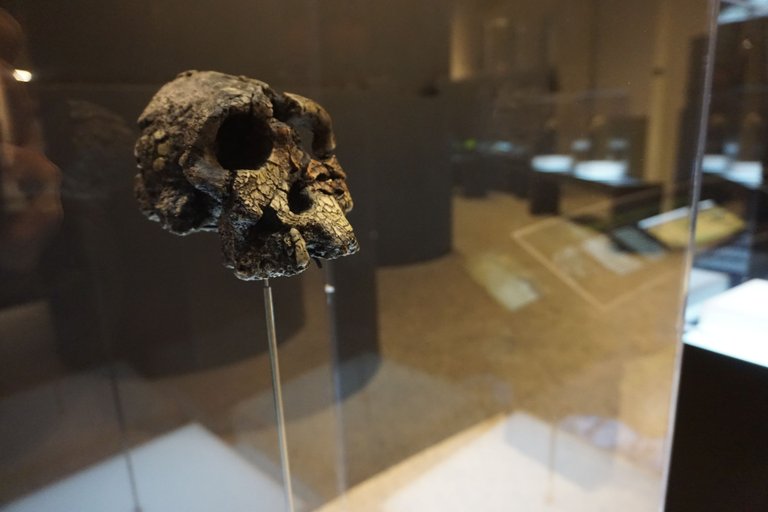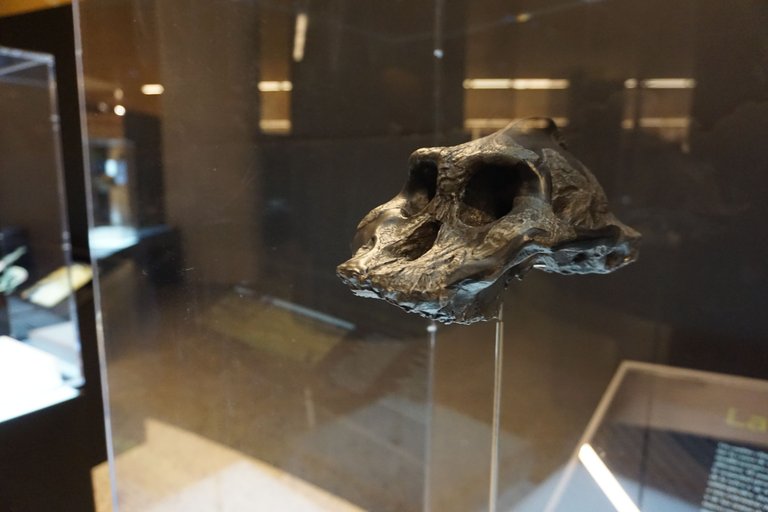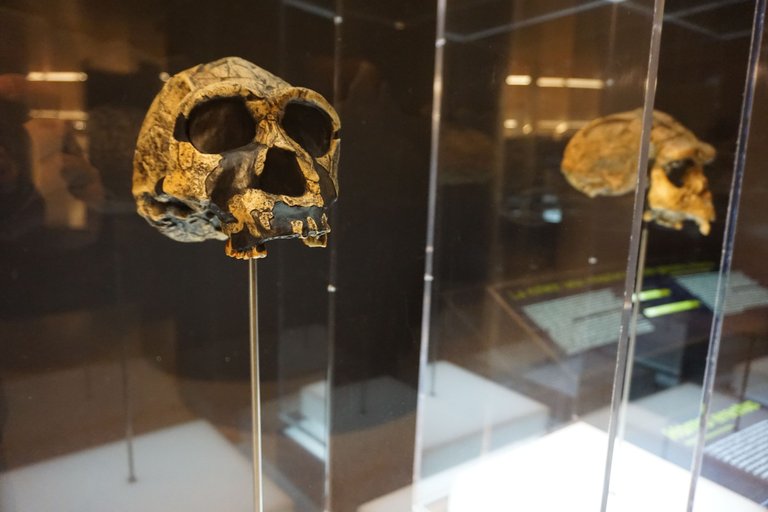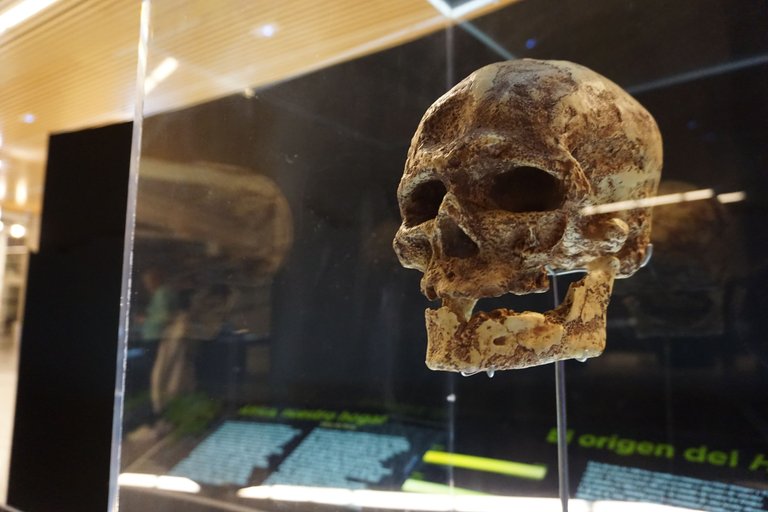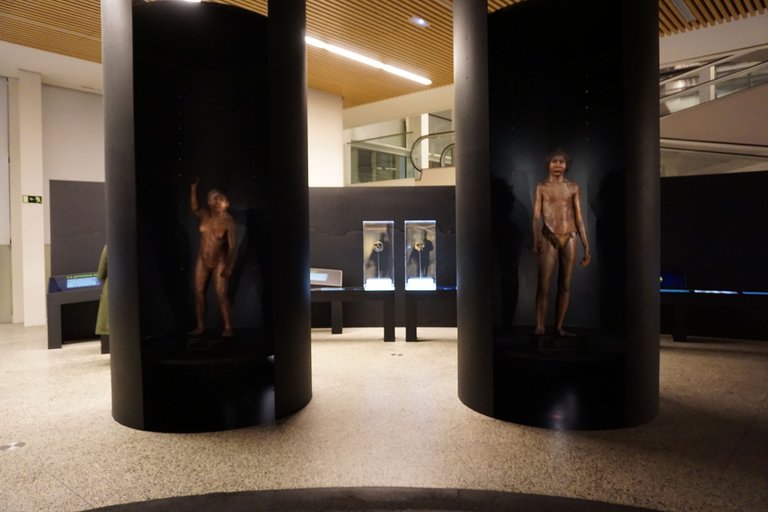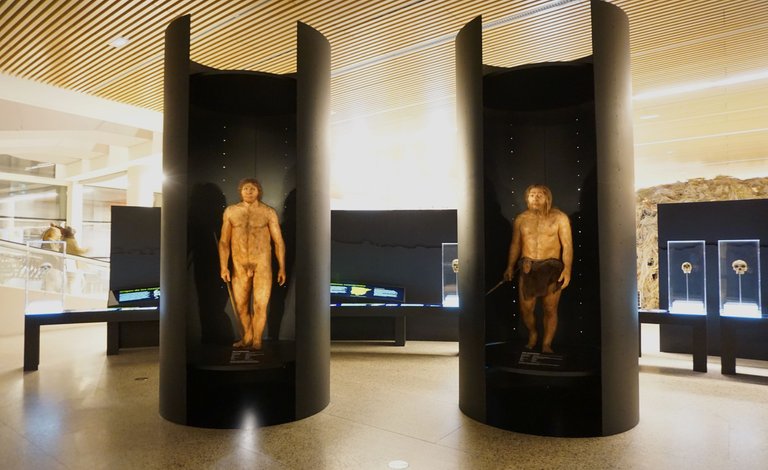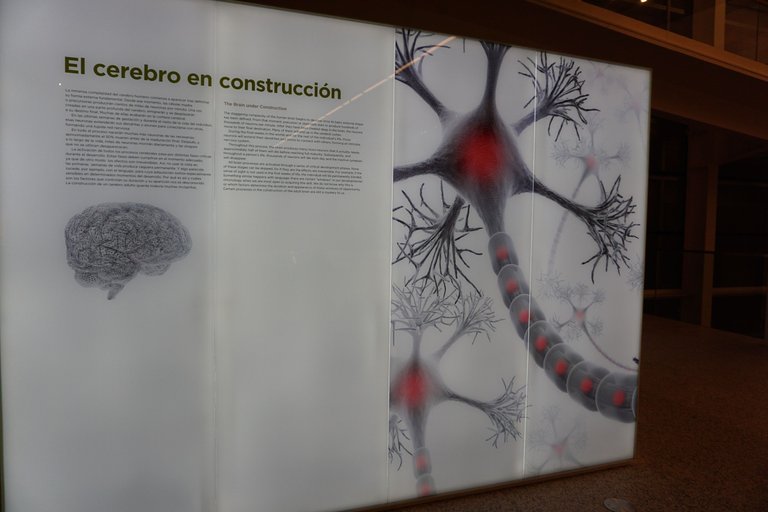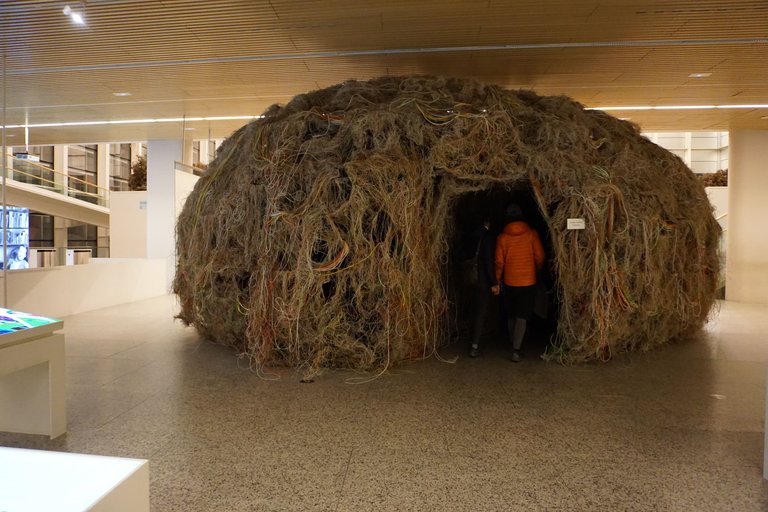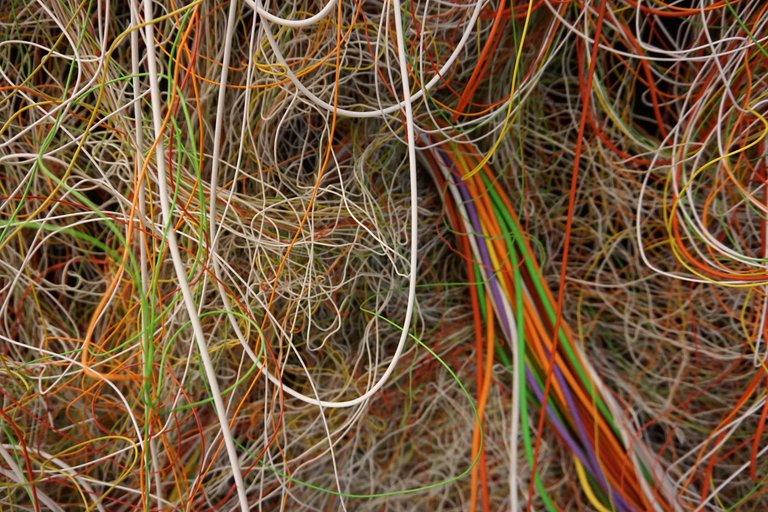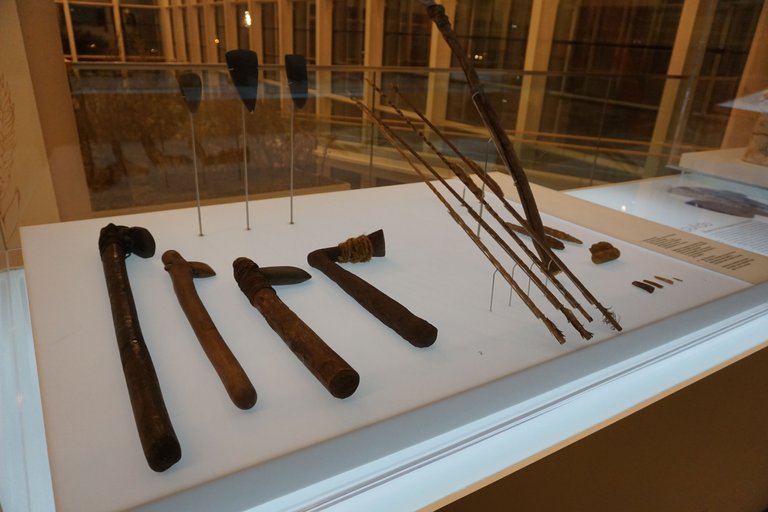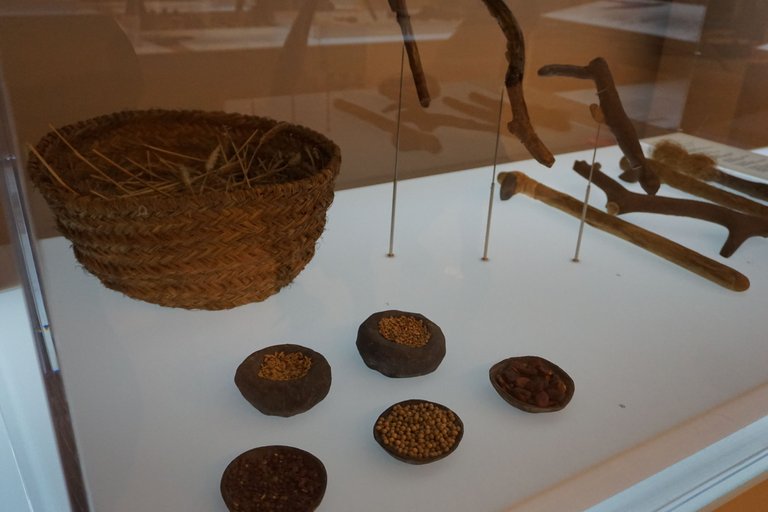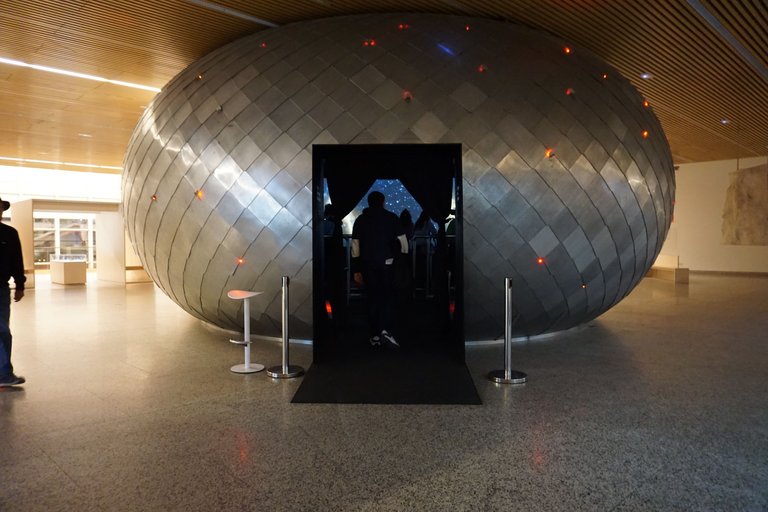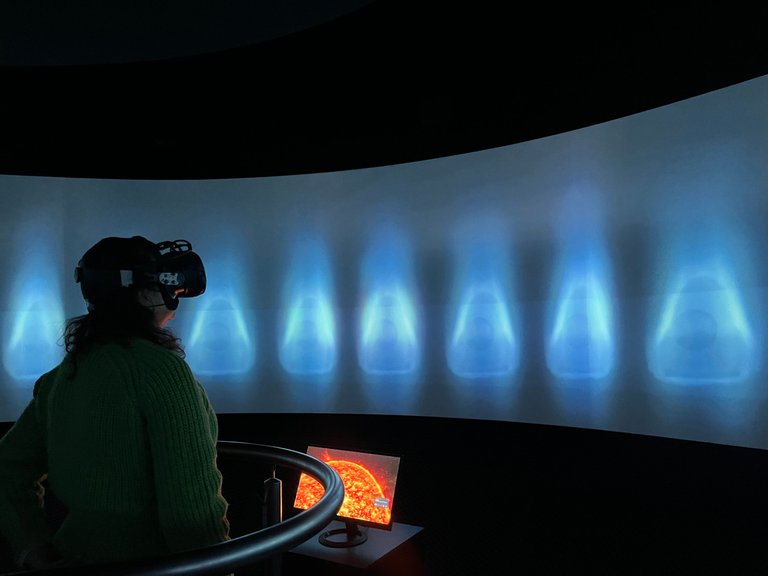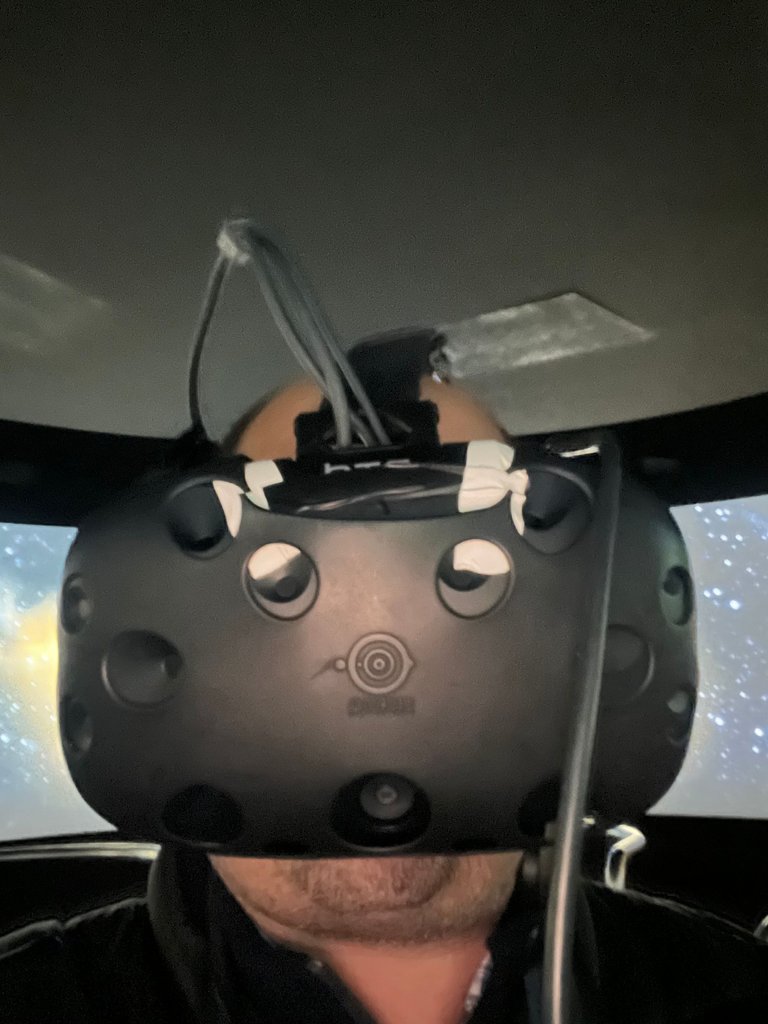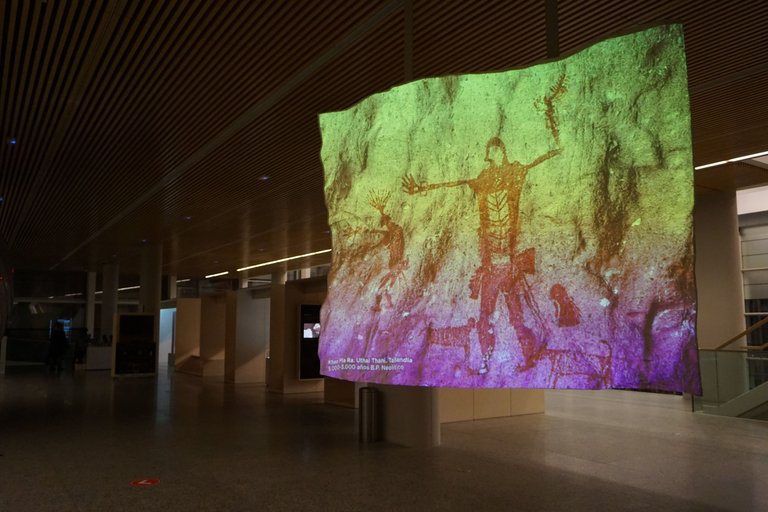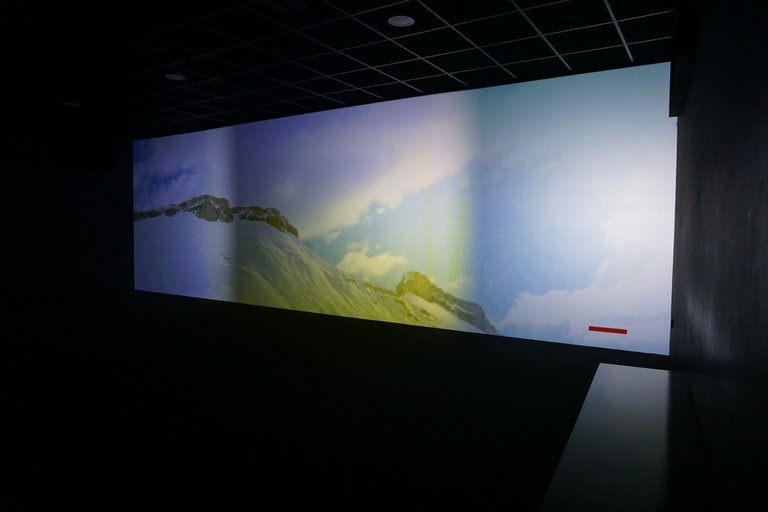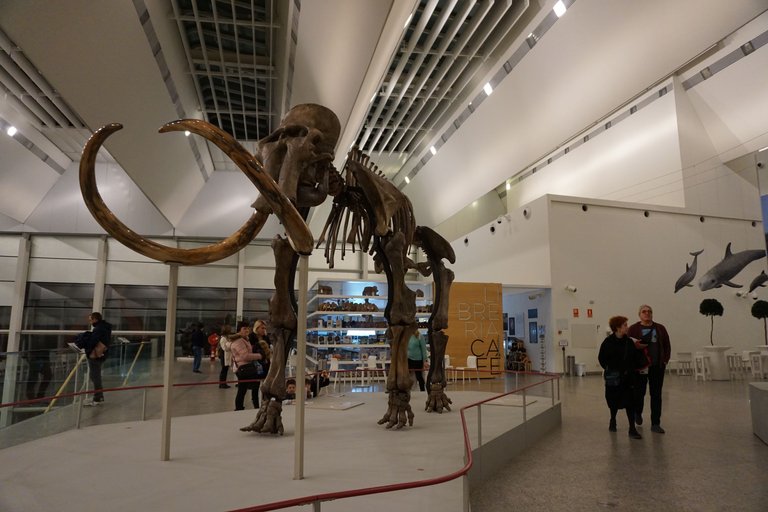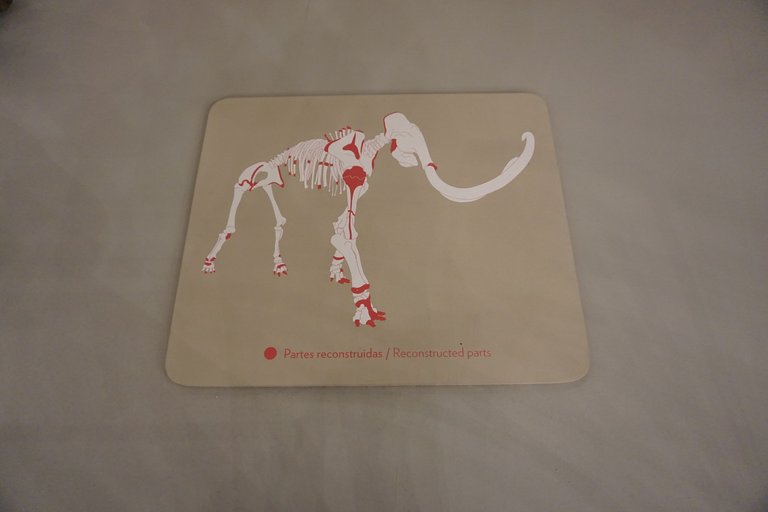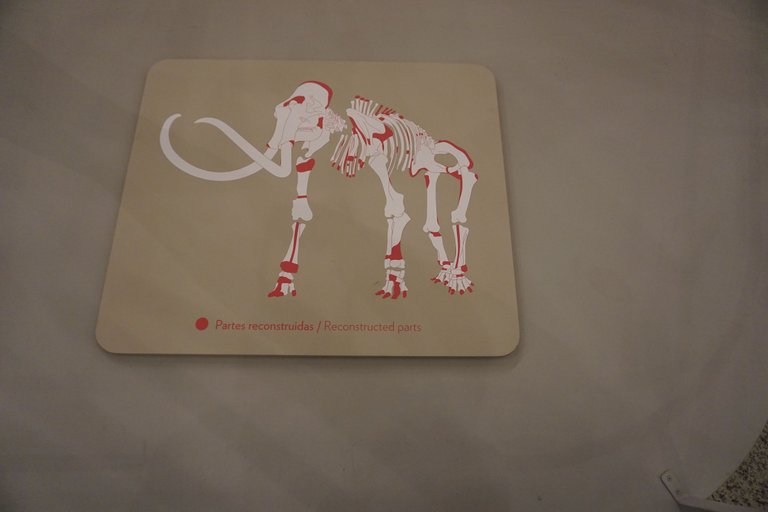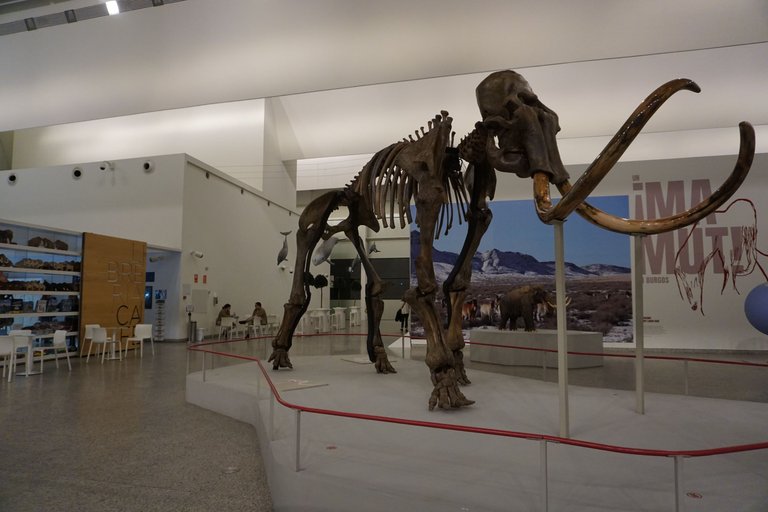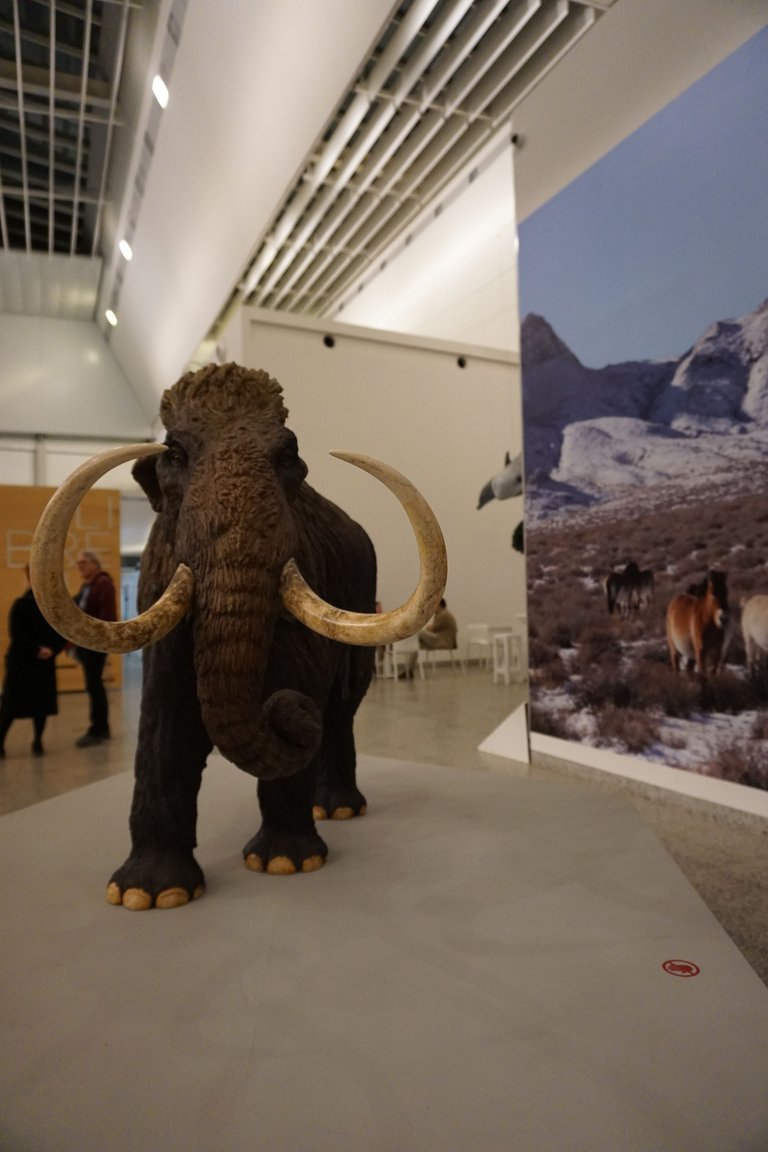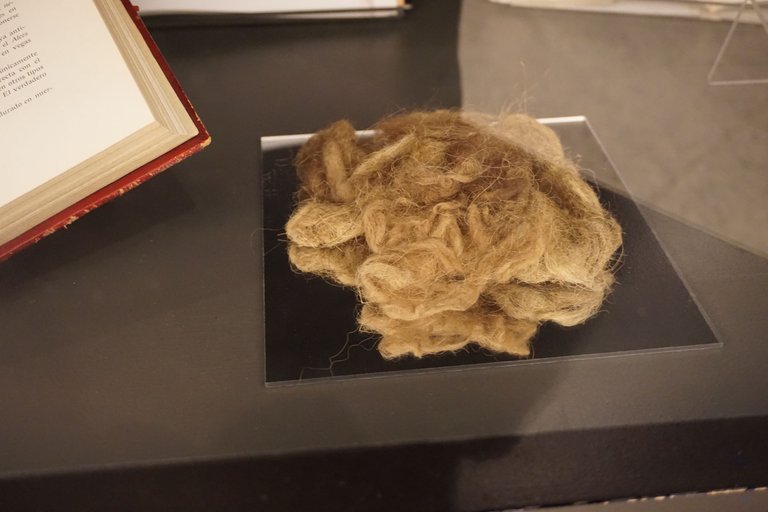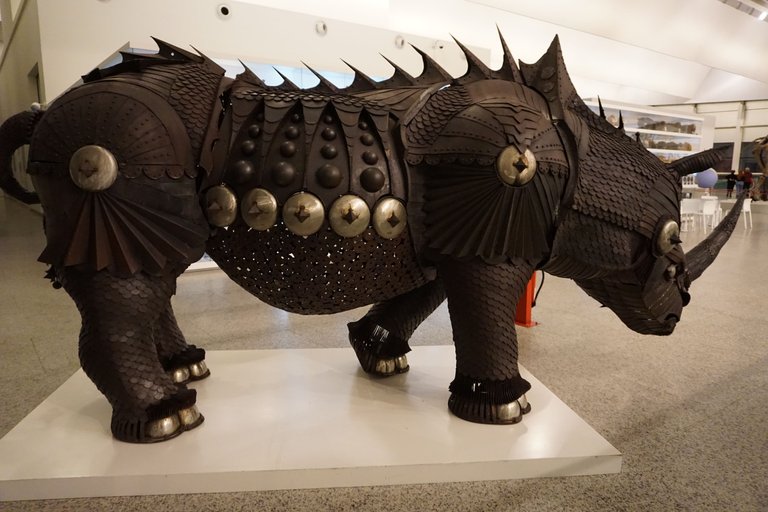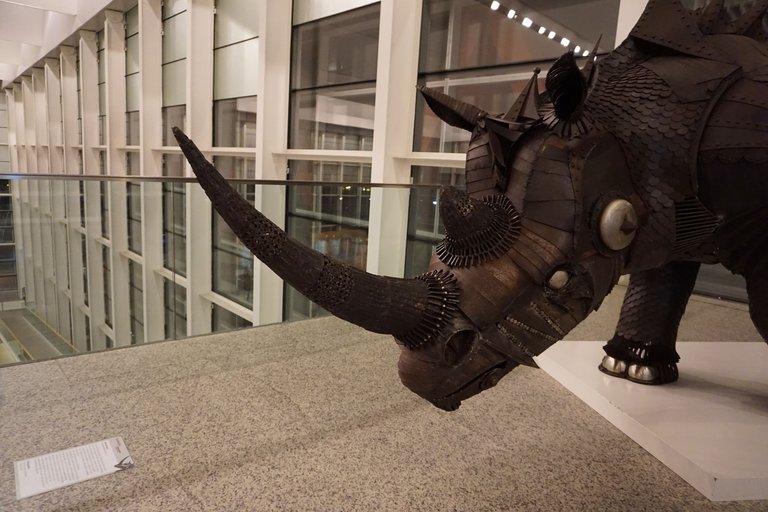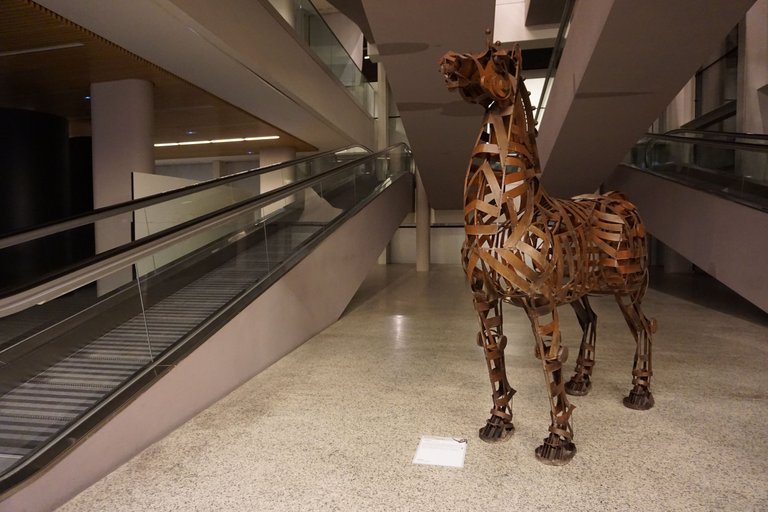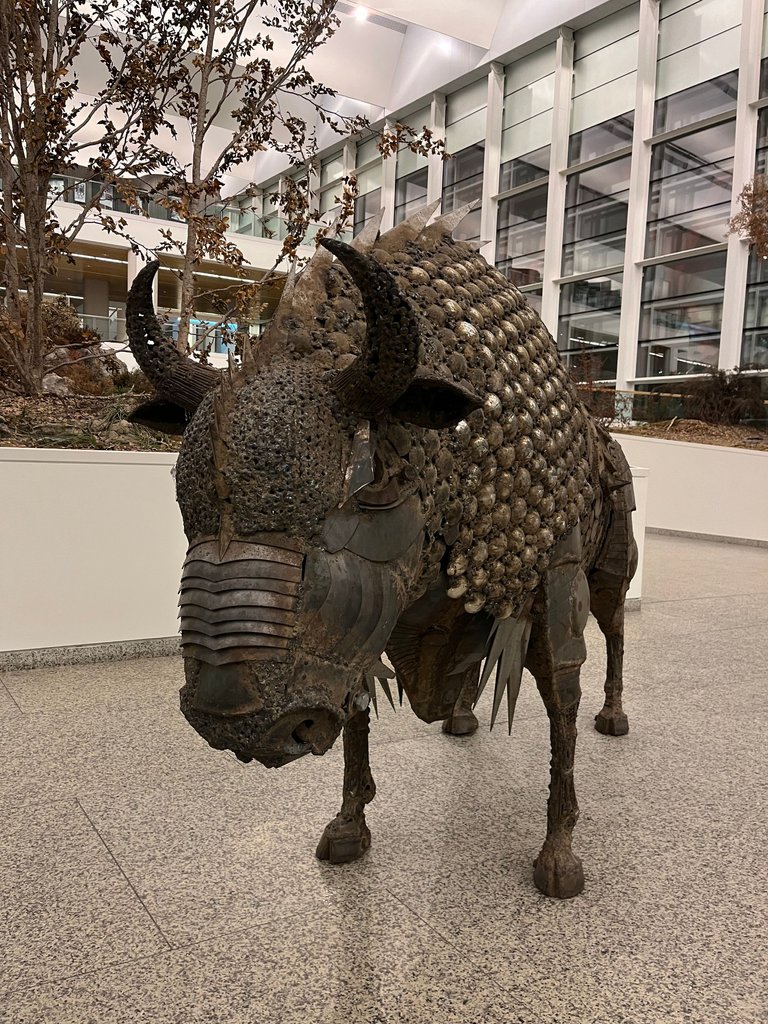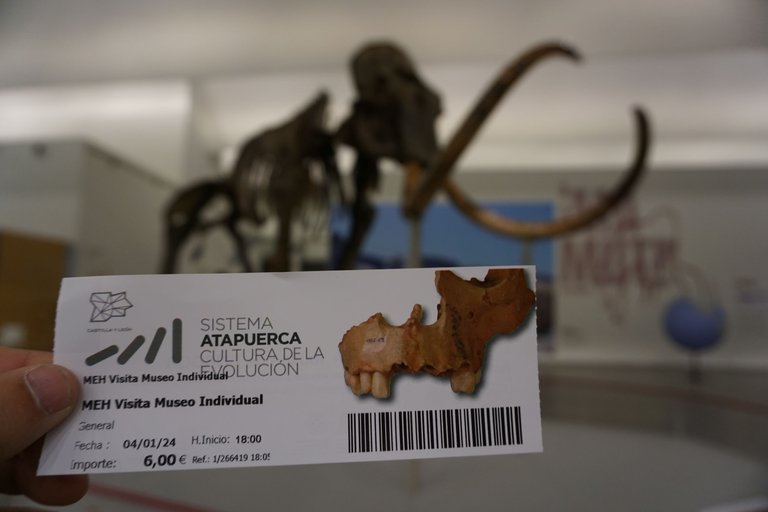
Hi,
I want to share with all those who form #pinmapple this image that is closely related to the post I'm going to write, but also, but I have chosen it because within the #Pinmapple community is the place of #Hive where I have been able to experience a better evolution of the hand of those who founded many years ago this community. Thank you for letting me be part of you.
Today I want to take you on a double journey. On the one hand, I want to take you to Burgos, a city in northern Spain, known for being the town of the Cid Campeador. One of those heroes that we have in Spain and who is known for the "Sing of my Cid", a book of poems around the year 1200.
But my trip back in time goes much further, thousands of years ago, because I want to take you to the museum of evolution in Burgos, where you can marvel at archaeological remains with more than 500,000 years of history and one of the best preserved mammoth skeletons.
Museum of Human Evolution of Burgos.
The visit to the museum of the human evolution of Burgos is divided in 4 zones, being each one of these zones in a floor of the building, being advisable to make the visit from floor -1 to floor 2. Although to resist in not going to see the Mammoth that is seen from outside the building is something, only it can be explained if you begin to discover everything what there is in floor -1.
The Sierra de Atapuerca and Human Evolution (Floor -1)
To access this area of the museum exhibition, one must go down an escalator where a large prehistoric bear welcomes us along with a feline species also from that period.
In this area of the museum, the history of the Sierra de Atapuerca and its different chasms is explained in detail with recreations of the places where the archaeological remains that we are going to see next have been found.
The first room of archaeological remains that I visited was the room of the Trinchera del ferrocarril site (1.2 million years old), which receives this name because it was during railway excavations that what we now call the Atapuerca site was found.
This area of the exhibition is in a totally dark room with only the light focusing on the archaeological pieces.
There are animal remains such as a lion jaw with more than 1 million years old, according to dating techniques.
And there are also remains of bones of our ancestors, highlighting some ribs and especially a vertebra with 850000 years of history. Impressive.
Still with goose bumps, for being in front of remains with so much history, I went to the adjoining exhibition room that houses the remains found in the chasm of the bones in the Atapuerca site, which is one of the most important sites in the world for the large amount of archaeological remains in great condition.
As an example, this almost complete hip of an individual of more than 500000 years ago that receives the name of "Elvis" in honor of Elvis Presley and his characteristic movement of hips.
But just as impressive as this pelvis is the almost complete lower body of a 400,000 year old skeleton.
Or the best preserved skull from a fossil site that is called Miguelon (400000 years old) in honor of the Spanish cyclist Miguel Induran. I suspect that this name was given to him because of his enormous size.
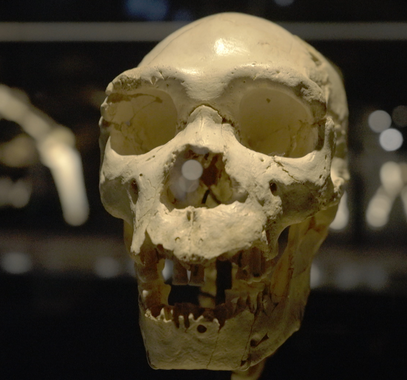
The evolution in biological terms (Floor 0)
If we talk about evolution, one of the first names that always comes to mind is the name of Charles Darwin and his charismatic ship called Beagle.
In this museum, this ship is recreated, being able to see the different rooms in which this important ship was compartmentalized for the studies of human evolution.
But to talk about evolution is to talk about genetics and, therefore, in a large section of didactic screens, genetic selection was explained and how the beings better adapted to the environment survive over those that are not adapted as well. Although these insects, I believe have not adapted to living indoors and will have perished.
But the parts that I most enjoyed visiting in this plant was the area where you can see several skulls from various prehistoric times and how the head of these ancestors of ours, were evolving towards a size more similar to ours.
And without realizing that there were no more skulls left, I took to an exhibitor of different hominid species where one can see how the evolution of the first hominids until almost our days.
Being a key point in the evolution of the skull and brain, so there is a small exhibition room of the functioning of our brain made with wool and wires. With the only drawback that the photos inside came out terrible.
Human evolution in cultural terms (Floor 1)
Human evolution has been recorded throughout history by the ability of our ancestors to elaborate tools with the means that existed in their environment with which to hunt and gather food.
Being able to create fire was one of the most important points of evolution. Since it marked a before and after in their evolution. And how could it be otherwise, fire has an important point in this area of the museum, where there is a very exciting augmented virtual reality area.
Although you have to wear glasses a little uncomfortable.
Within the prehistoric culture, it is well known that there was already an artistic side in some of our ancestors and as a video shows some of the sites with cave paintings that abound in Spain, such as the caves of Tito Bustillo.
But what most caught my attention in the room was this recreation of a Neanderthal man by the artist Fabio Fogliazza, where there is practically not much physical difference with our species.
Ecosystems and Great Mammoth (Floor 2)
On the top floor of the museum there is a large room similar to a cinema where the evolution of ecosystems and the adaptation of different living beings to these ecosystems is narrated.
But beware that at the entrance we find again a striking sculpture of a fierce lion.
But the most striking of this area of the exhibition is the skeleton of a great mammoth. Many of its bones are the originals.
We also find small packages that make you want to touch them or take them home.
But what impressed me the most is to see real Mammoth wool with the antiquity that they have and that is so well preserved.
Metal sculptures
In addition, apart from the permanent exhibition I have mentioned above, I found several animals represented in metal sculptures.
These sculptures are not permanent and represent some current and past animals of the Iberian fauna.
Some as striking as this bison that is at the exit of the museum.
I hope you liked it and if you are near Burgos I encourage you to visit this museum. The entrance fee is only 6 euros.
Regards.


